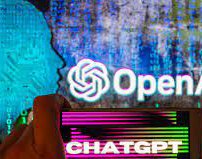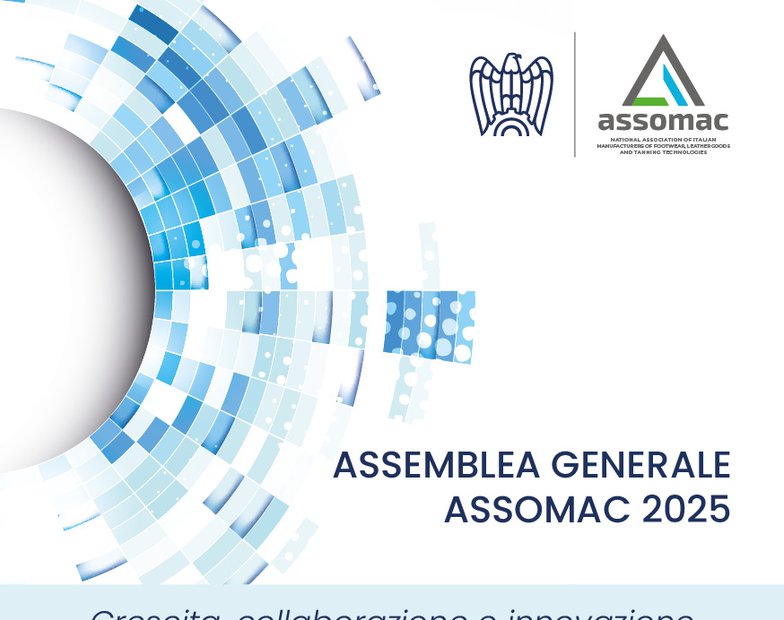The software turns robot-translators into editors. ChatGPT and other programs can do something similar to writers, such as journalists, artists, or lecturers and technical writers, such as patent extenders, instruction manual editors, and maintenance technicians. ChatGPT has the potential to help writing and make language more accessible. To learn more: "Microsoft Considers $10 Billion Investment in ChatGPT Creator", Bloomberg – "Will AI Make Creative Workers Redundant?" - WSJ
Microsoft is in talks to invest $10 billion in the owner of ChatGPT, the hugely popular app that has thrilled casual users and AI experts since its latest software was released last month.
The goal of ChatGPT
ChatGPT (Chat Generative Pre-trained Transformer) wants to help more and more in the work of technical writer in different ways: finding keywords useful for writing texts, identifying ideas to be developed, generating titles and descriptions, creating short text strings and suggesting answers to chats.
The chatbot developed by the OpenAi research laboratory makes its way into the world of scientific publications and conquers the role of author. A recent article published in the January issue of Nurse Education in Practice (Elsevier), entitled "Open artificial intelligence platforms in nursing education: tools for academic progress or abuse?" , inserts ChatGPT among the authors and assigns them an email (support@openai) and an identification number (scopus author identifier 58024851600).
A good result for a prototype chatbot based on artificial intelligence, specialized in conversation with the human user, launched a few weeks ago (November 30, 2022). The models have been trained in collaboration with Microsoft on Azure cloud infrastructure and allow users to create text, code and images using simple instructions. OpenAi generates millions in revenue by selling its various AI products to developers.
The surprising results of the research conducted by ChatGPT have attracted the attention of the scientific community for the possible implications of the publications. But that's not all. The financial community also sees attractive investment opportunities. According to the Wall Street Journal, OpenAi plans to offer to purchase a number of shares from existing shareholders at a fixed price. The deal would be under negotiation with venture capital firms Thrive Capital and Founders Fund.
In 2019, Microsoft invested a billion dollars in OpenAi and, according to the Bloomberg agency, would be ready to put another 10 billion dollars in the chat based on artificial intelligence. The goal is to incorporate the Ai technology of the ChatGPT chatbot into its Bing search engine.
How ChatGPT works
ChatGPT is part of a new generation of generative artificial intelligence systems, capable of generating texts in many languages, starting from a specific request, and producing new images and videos based on what they have learned from a vast database of digital books, online content and other media. For example, asking ChatGPT directly how it can help in writing articles about healthcare and life sciences industries in Italy here is the answer: "GPT (Generative Pre-trained Transformer) is a high-performance language model that can be used to generate text based on a given context. In particular, when it comes to writing articles about industry, GPT can be used to generate academic content, news, market analysis, research reports, and other types of text. Thanks to its ability to generate consistent and plausible text, GPT can help generate content efficiently and accurately, saving time and effort in research and writing."
The limits
Like any Artificial Intelligence model, these software also have their limitations: sometimes they produce incorrect or meaningless answers that can be difficult to correct, due to the lack of a "truth source" during training; texts can be too verbose and repetitive, again due to training data; Finally, in the case of dialogue with customers, while being trained in conversation, it does not ask for clarification questions when the user's request is ambiguous, but instead tries to guess what the user means.
The conflict with human creativity
« Choosing to use AI raises some uncomfortable questions », said Christopher Reid, an academic translator and writer based in Frankfurt, who expressed his doubts about the WSJ: « Are translators really translators anymore? If an artist takes a first sketch from a computer, is he still genuinely an artist? The casting about for initial words or brush strokes, often the most difficult part of drafting, seems to be the heart of human creativity. If that is given over to AI, the process seems more like an assembly-line production with human writers or artists serving as mere inspectors—checking the end product and then giving a stamp of approval. And much like translators, writers and artists will find themselves inserted into a parasitic cycle of technological advance. As people correct the AI’s product, the technology will improve, coming to require less and less human involvement. This is true even if you don’t work with AI. Every artistic work or piece of writing that enters the internet could be added to the databases AI mines for its own creations. »


